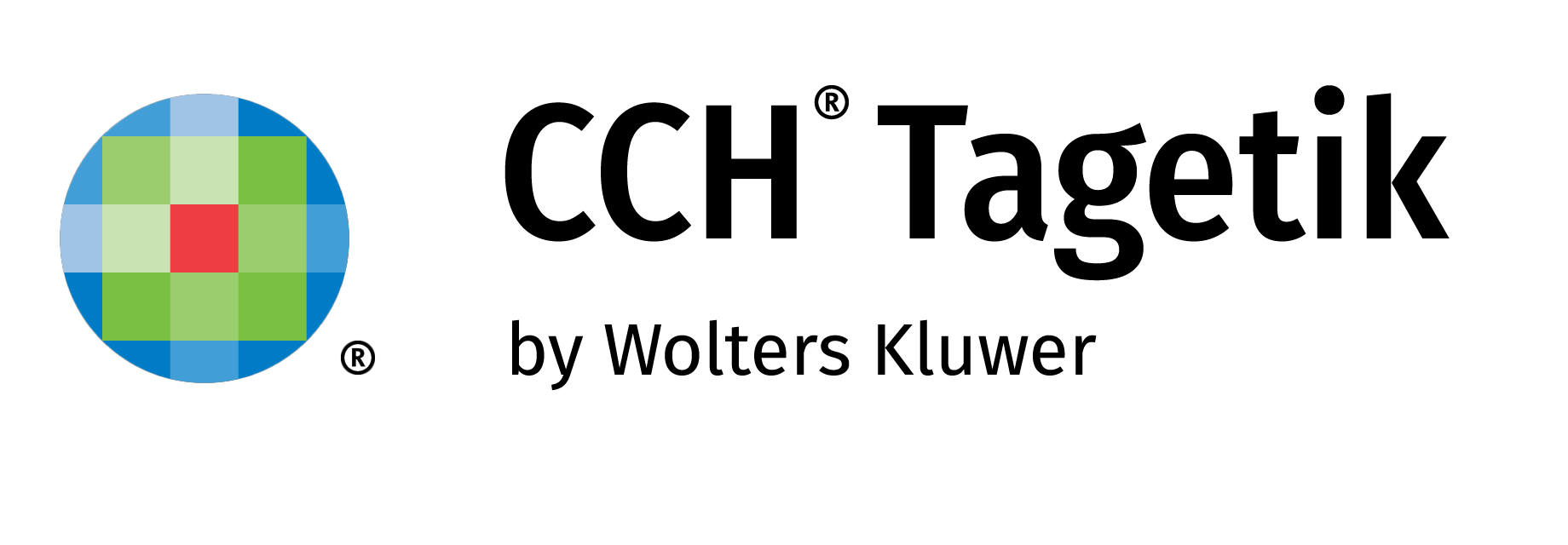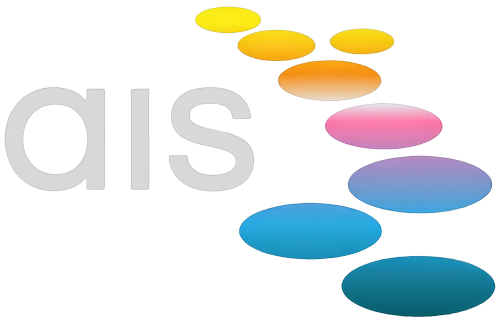Building Rolling Forecasts That Actually Work
Introduction — “Make the Future a Window, Not a Wall”
Annual budgets age like bananas. By February, half the assumptions are wobbling; by June, you’re explaining variance rather than shaping it.
Rolling forecasts flip that script. Instead of one big bet, you run a living view of the next 12–18 months, updated on a cadence
that matches the business. The result: fewer fire drills, faster trade-offs, and a CFO conversation that sounds like planning —
not archaeology (brushes down, everyone).
This guide translates the buzzword into a working model — what to include, how to run it, where CCH Tagetik fits, and
the small setup choices that make the biggest difference for FP&A teams.
Rolling Forecasts: What They Are (and Aren’t)
- Not another mini-budget. A rolling forecast is a lightweight, driver-led outlook that keeps the horizon fixed (e.g., 12 months ahead) while the window moves forward each period.
- It prioritises signal over precision — just enough accuracy to steer decisions, refreshed often enough to stay relevant (like your weather app, but less dramatic).
- It links P&L, Balance Sheet, and Cash so timing effects aren’t an afterthought.
- It’s owned by the business, facilitated by FP&A. Finance curates the drivers; Sales/Ops own the inputs that move them.
In CCH Tagetik, that looks like one model with shared drivers (price, volume, mix, FX, headcount) and a cadence that refreshes assumptions without rebuilding the whole thing every month (your weekends wave hello).
Design the Rolling Forecast (Decide These First)
| Choice | Recommended Default | Why FP&A Will Like It |
|---|---|---|
| Horizon | 12–18 months ahead | Covers seasonality and hiring/capex lead times (no crystal ball required). |
| Granularity | Monthly P&L, quarterly BS/Cash | Keeps the model light; cash still visible (because cash is shy until it isn’t). |
| Drivers | Price, Volume, Mix, FX, Headcount, Key COGS | Movers that explain 80% of variance; less noise, more signal. |
| Scenarios | Base, Best, Downside | Three paths beat endless hypotheticals (and endless meetings). |
| Cadence | Monthly refresh; weekly driver check | Fast enough to matter; not a second job. |
| Governance | Workflow + version lock | Fewer “who changed this?” moments (also fewer detective hats). |
Tagetik tip: store drivers in a central table, allow business-unit overrides with audit, and let scenarios inherit from Base so you edit once, ripple everywhere.
Cadence & Rituals (So It Doesn’t Become a Second Job)
The secret to sustaining a rolling forecast is rhythm — light touches, predictable forums, and clear hand-offs. Keep it simple:
- Weekly, 30 minutes — Driver check (price, volume, freight, FX). Adjust if thresholds are breached (not if someone “has a feeling”).
- Monthly, 60–90 minutes — Refresh Base, review Best/Downside, agree actions. Publish deltas, not the whole pack.
- Quarterly, 2 hours — Zoom out: mix, capacity, hiring & capex timing. Fold decisions back into the model.
In CCH Tagetik, workflow nudges contributors, flags late steps, and locks versions once approved — the process manages itself without email chasers (your inbox breathes a sigh of relief).
Real-World Moments You’ll Recognise
- The Surprise Price Cut — Sales wants a 10% promo next month. Clone Base to “Promo” in Tagetik, adjust price & volume drivers, and show margin/cash impact live (and calmly).
- The FX Swing — Currency moves 4% overnight. The weekly driver check triggers an automatic refresh; the CFO sees an updated outlook before the trading call (no espresso required, but recommended).
- The Freight Spike — Ops flags a logistics surge. Push a downside scenario with higher COGS, then propose mix and price moves to hold gross margin.
- The Hiring Pause — Headcount freeze hits mid-quarter. Cut the HC driver, watch Opex drop and capacity tighten; leadership sees the trade-off clearly (no interpretive dance needed).
Turn Deltas into Decisions (Variance & Storytelling)
Don’t drown stakeholders in waterfalls. Anchor every refresh to three slides: What changed (drivers), Why it changed (external/internal),
and What we recommend (options with ROI). Tagetik’s dashboards help you pivot from numbers to narrative — the part that actually moves decisions
(and shortens meetings, which is everyone’s favourite KPI).
Keep a tight glossary (price, volume, mix, yield, FX) and reuse the same visuals every month so pattern recognition becomes second nature for your audience.
Common Pitfalls — and the Simple Fixes
| Pitfall | Why It Hurts | Fix |
|---|---|---|
| Too much detail | Model becomes a mini-budget; slow & brittle. | Limit to 5–7 drivers; aggregate where possible. |
| No scenario discipline | Endless hypotheticals, no decisions. | Standardise Base/Best/Downside; pre-agree triggers. |
| Spreadsheet sprawl | Version wars; audit pain. | Run in Tagetik with workflow & version locks. |
| No cash linkage | P&L looks fine, cash doesn’t. | Model BS/Cash quarterly; track DSO/DPO/inventory. |
Tagetik guardrails: shared driver table, inheritance for scenarios, and a short list of refresh thresholds (e.g., FX ±2%, freight ±5%, price ±3%).
Where CCH Tagetik Helps Most
Unified model with automated actuals; driver tables with BU overrides; multi-scenario engine across P&L/BS/Cash;
workflow & audit so the process runs itself; dashboards for variance/storytelling. Translation: less time proving numbers,
more time deciding what to do (and fewer tabs open).
Metrics That Matter (Targets to Aim For)
- Cycle time: Close-to-forecast under 5 business days.
- Accuracy: 10–20% improvement in MAPE on revenue / gross margin within two quarters.
- Scenario speed: “3-pack” (Base/Best/Downside) with cash flow-through in < 60 minutes.
- Adoption: > 90% of submissions via platform (not email/templates).
- Meeting quality: > 70% of pack time on decisions vs data disputes (aspirational, yet achievable).
The Next Episode is available --> click through to FP&A Playbook: 4 Driver Based Planning

